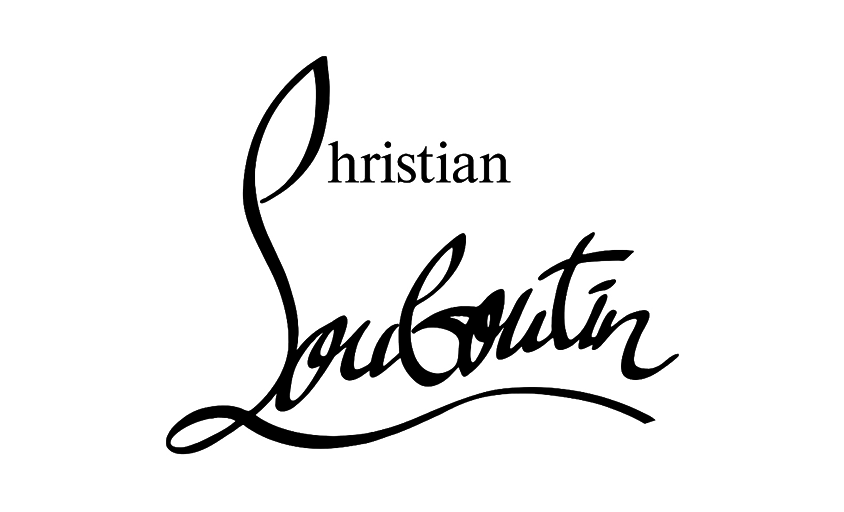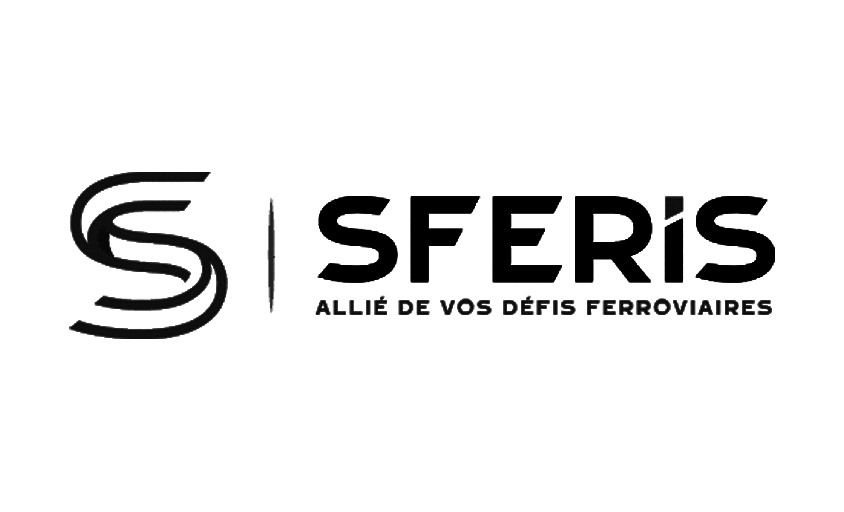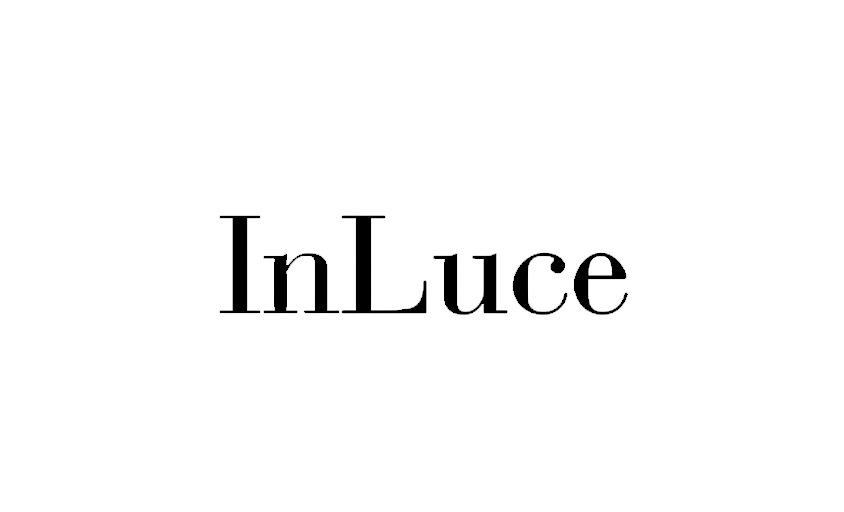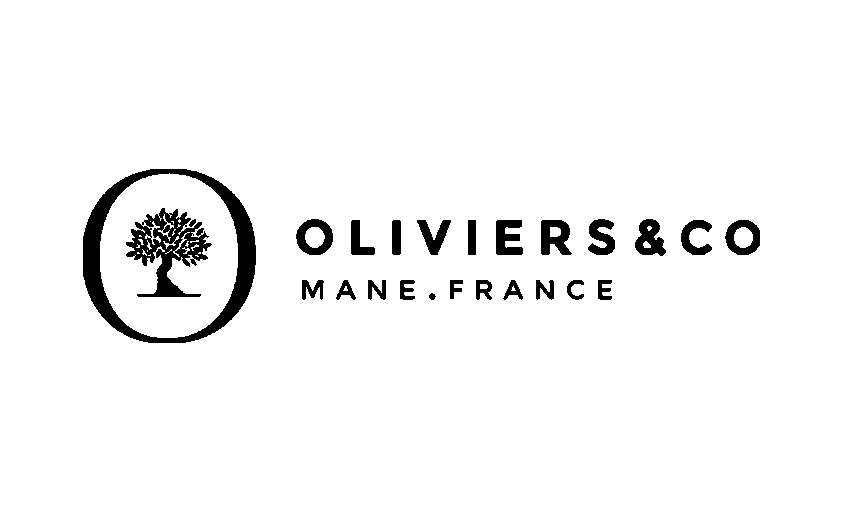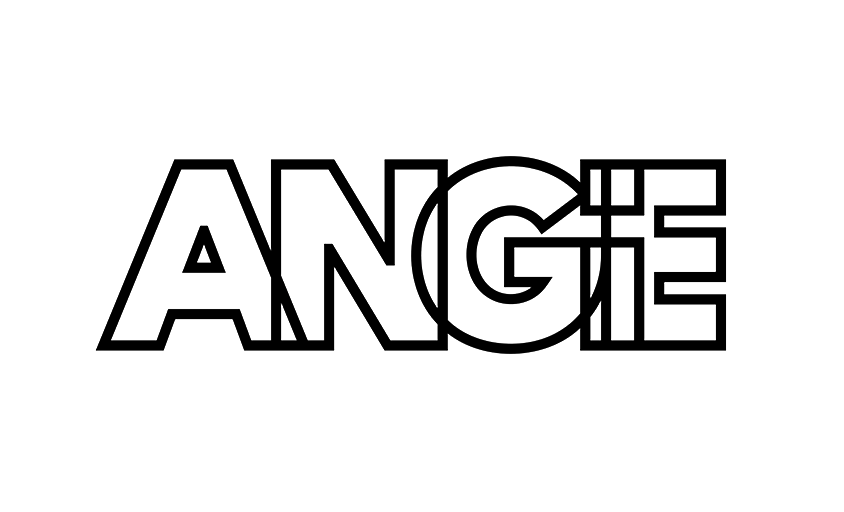The 10 Mistakes to Avoid in Jewelry Photography
In this article :
In product photography, jewelry ranks among the most complex objects to capture. Naturally reflective, tiny, shiny, often adorned with stones that have varying optical properties, jewelry demands a high level of technical mastery. Yet in practice, common mistakes are still frequently made, mistakes that can ruin the visual potential of otherwise beautiful pieces.
At Rétines, avoiding these pitfalls is part of our job. By identifying typical traps, we help our clients better understand what makes a successful jewelry photograph, and why working with a professional photographer makes all the difference.
In this article, we’ll break down 10 common mistakes to avoid when photographing jewelry, whether in a studio or during a more creative shoot.
1. Neglecting to Clean the Jewelry
It may seem obvious, but it’s a frequent mistake, even among seasoned photographers. Jewelry, especially in macro photography, reveals every speck of dust, fingerprint, or micro-scratch. In high-resolution images, something invisible to the naked eye becomes glaringly obvious on screen.
Before shooting, always handle jewelry with cotton gloves and clean it with a microfiber cloth or an air blower. This should be done just before the shot, as dust can settle between takes. It saves precious time in post-production, a clean piece drastically reduces tedious retouching in Photoshop.
2. Choosing an Unsuitable Background
The background is often treated as a secondary detail, yet it directly influences how the jewelry is read and perceived. A background that’s too textured, shiny, or colorful can distract from the piece or create unwanted reflections on the metal or gemstones.
Ideally, choose a background that lets the piece breathe. A neutral background (white, light gray, or black depending on the jewelry) works well for e-commerce packshots. For more editorial or artistic visuals, textured backgrounds can be used, but with subtlety. In all cases, the background should enhance the piece, not compete with it.
3. Poorly Managing Reflections and Stray Light
Jewelry photography is, above all, about mastering light. Metal surfaces act like mirrors, and stones can either reflect undesired light or appear completely dull if lit improperly.
A common mistake is using lighting that’s too harsh or direct. This causes specular reflections, blown-out highlights, or harsh shadows that obscure the product. Diffusers are non-negotiable here: softboxes, diffusion panels, light tents, anything that softens and spreads the light is a must.
Properly positioning your light sources is also crucial: you’ll need to adjust angles carefully to avoid light bouncing straight into the lens. Sometimes, shifting a light by just a few centimeters can unlock the full brilliance of a gem.
4. Forgetting About Styling
Not all jewelry should be shot flat on a white background. Packshots are essential for product pages, but when you’re aiming to build brand identity or create a mood, styling becomes key.
A frequent error is placing a piece in a generic or dull setting with no consideration for visual storytelling. A romantic necklace won’t evoke anything if shot on gray tiles. A masculine bracelet will lose its edge in a flowery background. Styling should extend the brand’s visual codes (textures, colors, props) everything should feed the narrative. And when in doubt: simplify rather than clutter.
5. Poor Depth of Field Control
Jewelry is often small and intricately detailed. A common mistake is using a wide aperture (like f/2.8 or f/4) to achieve a pretty bokeh, which backfires quickly. Result: only part of the piece is in focus, the rest is blurry, and the client can’t make anything out.
You need to find the right balance. For packshots, a narrower aperture (f/8 to f/16) is often best to ensure even sharpness across the piece. For artistic shots, you can use selective blur, provided it’s controlled and the key element remains crystal-clear (engraved logo, central stone, clasp, etc.). When depth of field isn’t enough, consider focus stacking, especially in macro work.
6. Using the Wrong Lens
Not all lenses are suitable for jewelry photography. Using a wide-angle or standard zoom (like a 24–70 mm) can cause distortion or unflattering rendering of the piece’s shape. A ring or pendant might look warped, disproportionate, or simply less elegant, just because of poor lens choice.
A 90 mm or 100 mm macro lens is usually ideal. It offers a comfortable working distance, excellent sharpness, and faithful proportions. It’s also great for capturing ultra-fine details without exaggerating perspective. If a true macro lens isn’t available, extension tubes or fixed lenses with a good minimum focusing distance can work, but never at the expense of optical quality.
7. Lacking Visual Consistency Across Images
When photographing multiple pieces from the same collection or brand, a frequent mistake is capturing them under inconsistent conditions: varying light, backgrounds, or angles. The result? A disjointed series. For a website or catalog, this hurts readability and brand credibility.
Consistency starts with a clear visual plan: same lighting setup, same styling, same point of view. This isn’t a constraint, it’s a marketing asset. A well-defined visual direction applied across the shoot creates a cohesive, polished brand identity.
8. Over-Retouching (or Under-Retouching)
Retouching is part of the process, but it’s all about balance. Many photographers go overboard: eliminating all reflections, adding artificial blur, removing real details… In the end, the piece looks fake. Others do too little, delivering raw images still covered in dust or fingerprints.
Proper retouching enhances without betraying. It respects materials, improves textures, and corrects small flaws without altering the product. At Rétines, retouching is part of our jewelry photography expertise, we deliver ready-to-use images, whether for advertising or e-commerce.
9. Mismanaging Reflections on Polished Metals
This is one of the trickiest technical challenges: unwanted reflections. Polished metals like white gold, steel, or platinum act like mirrors. Everything nearby (the camera, photographer, studio) can appear in the metal. Even wearing a colored shirt can ruin a shot.
The only solution: anticipate everything. Dress the studio in black or white, use flags to control reflections, reposition lights as needed, and sometimes add digital cleanup in post. Photographing jewelry often means photographing what the metal reflects. That level of precision doesn’t happen by chance.
10. Ignoring the Final Use of the Image
Last but not least: photographing without knowing the image’s end use. A photo for a billboard or a 4K screen is not treated like an Instagram post. Orientation, framing, resolution (even composition) all depend on the final format.
At Rétines, we discuss this from the brief onward. A lookbook shoot has very different needs from a banner ad or print campaign. Too often, images need to be hastily recropped or reused in unsuitable formats, leading to poor results or even complete reshoots. Anticipating the final use boosts both impact and efficiency.
Conclusion
Photographing jewelry requires technical precision, artistic sensitivity, and extreme attention to detail. Even a minor error can compromise the perception of a high-end product. The goal remains the same: to elevate the jewelry without distorting it, to attract attention without distraction, and to seduce without deception.
At Rétines, this standard of excellence drives every step of our work. We anticipate issues to deliver flawless visuals that stay true to your brand image and fit your real-world needs. Because behind every jewelry photo is a promise of elegance, craftsmanship, and desire.
Jérémy Carlo is the editorial director at Rétines, where he ensures the consistency and clarity of all content produced by the studio.
Our Clients
Let’s discuss
What we do for you at Rétines
Meticulous work, an organised project and fast delivery. And to achieve this, we mobilise the right resources in our teams at the right time.
01
Pre-production
Artistic and technical direction tailored to the project.
Relevant recommendations on content, form and resources.
02
Photo Shooting
Photos taken by our experienced photographers.
Production that’s controlled, efficient and tailored to the needs of the project, with nothing superfluous.
03
Retouching
Technique
Photographs magnified by our retouching team.
Post-production to meet the commercial challenges of the brief.

